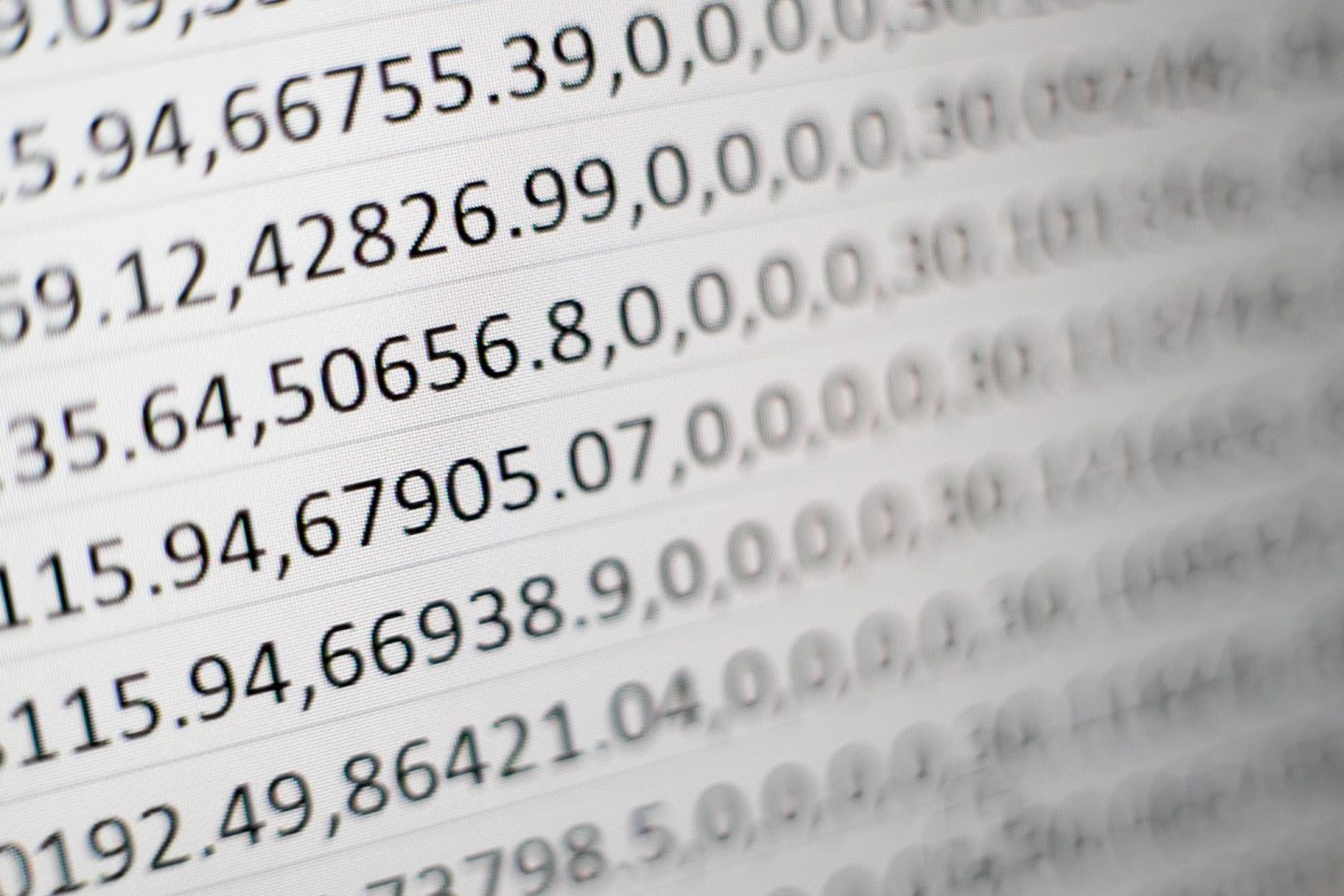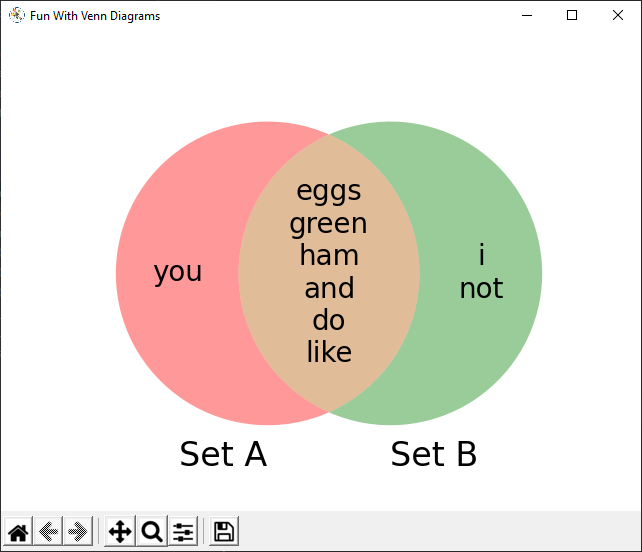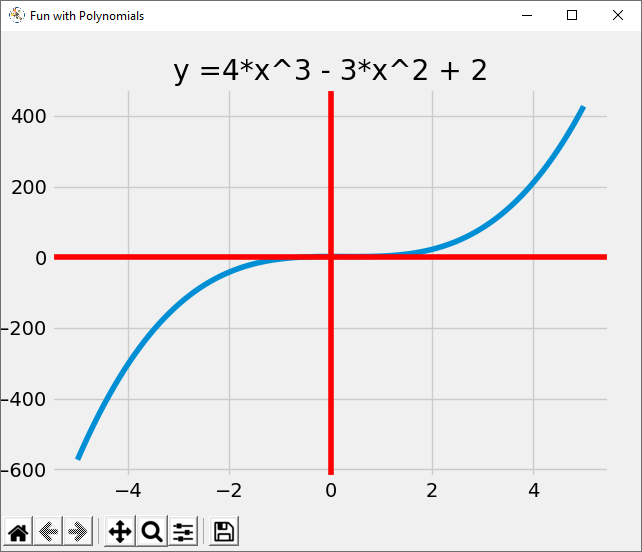
Mastering Excel Automation with Python: A Comprehensive Guide
In today’s data-driven world, Excel remains a staple tool for organizing and analyzing data. However, manual data entry and manipulation can be time-consuming and error-prone. Fortunately, Python provides powerful libraries and tools...








